We like to think we’ve got a decent handle on the universe—stars, planets, some black holes, and the occasional rogue asteroid.
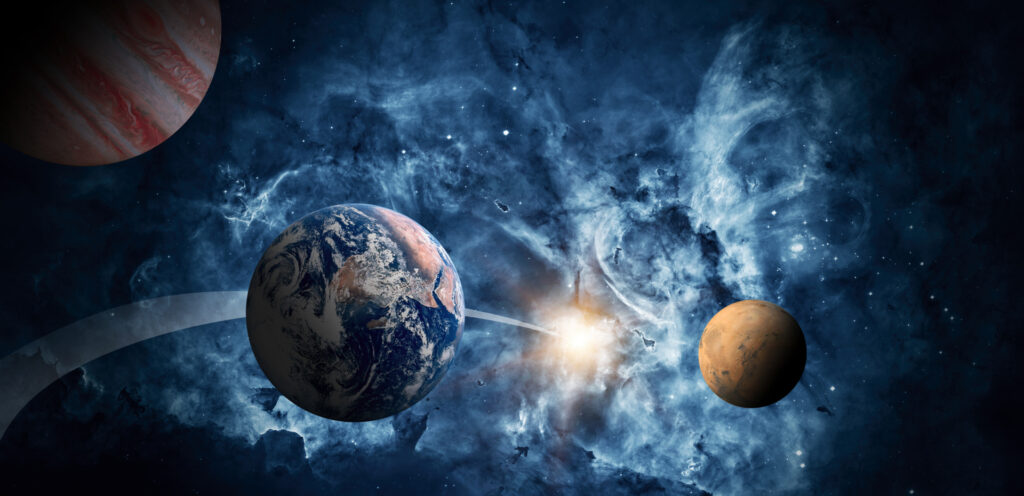
However, the more scientists study it, the more it becomes clear: we’ve barely scratched the surface. From particles that don’t behave the way they should, to galaxies doing the cosmic equivalent of ignoring traffic laws, the universe keeps throwing curveballs. If you thought things were straightforward out there, think again. Here’s why the cosmos might be far weirder than we ever imagined.
1. Most of the universe is made of stuff we can’t see.

Dark matter and dark energy make up about 95% of the universe. That’s right—everything we can see, touch, or measure directly only accounts for a tiny sliver of what’s actually out there. We know dark matter exists because of how it affects gravity, but we still don’t know what it is. It’s like knowing there’s a ghost in the room but never being able to see it. Comforting.
2. Time doesn’t flow the same everywhere.
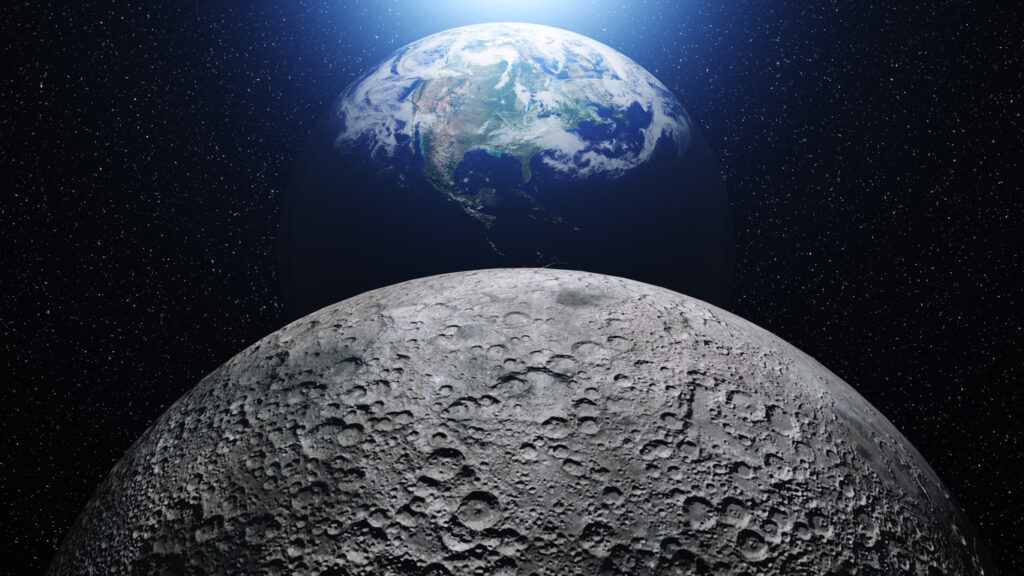
Thanks to Einstein, we know time isn’t a fixed concept. If you’re near a massive object, like a black hole, time actually slows down for you relative to someone farther away. This isn’t theory; it’s been proven with clocks on satellites. So technically, astronauts age a little slower than us. Space travel: the most elaborate anti-ageing hack?
3. There are particles that can be in two places at once.
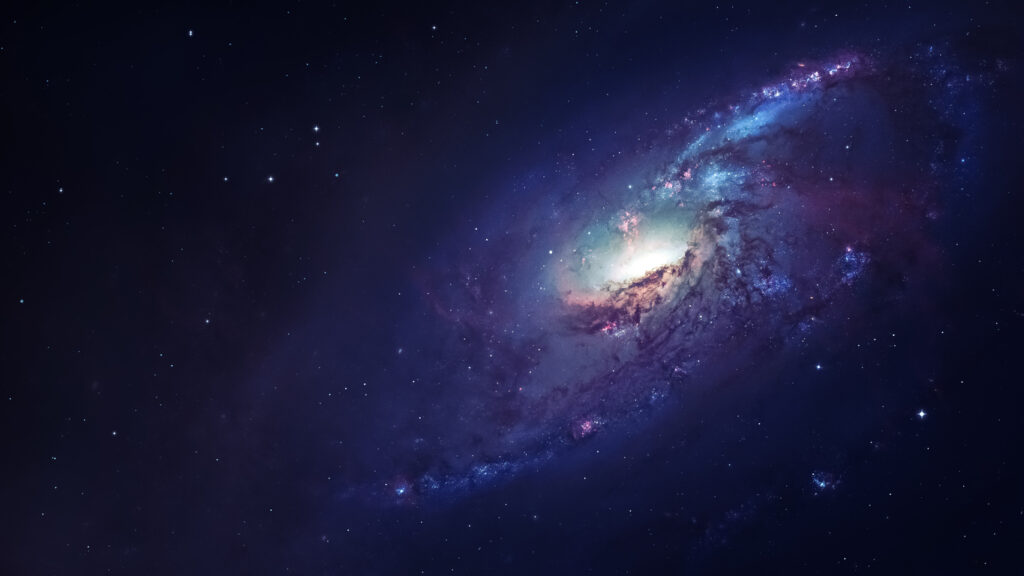
Quantum physics is where things really start to get strange. Subatomic particles can exist in multiple states or places at once—until we observe them, and they “decide” where to be. It’s called superposition, and yes, it’s as mind-bending as it sounds. The universe, it turns out, behaves a bit like a magician that doesn’t like being watched.
4. Space might not be flat.

For a long time, scientists thought the universe was flat, like an endless sheet. But new data suggests it might actually be curved or closed, which means it could loop back on itself. If that’s true, you could technically travel in one direction forever and end up where you started. The universe might be less like a map and more like a cosmic doughnut.
5. Galaxies are moving away from us faster than expected.
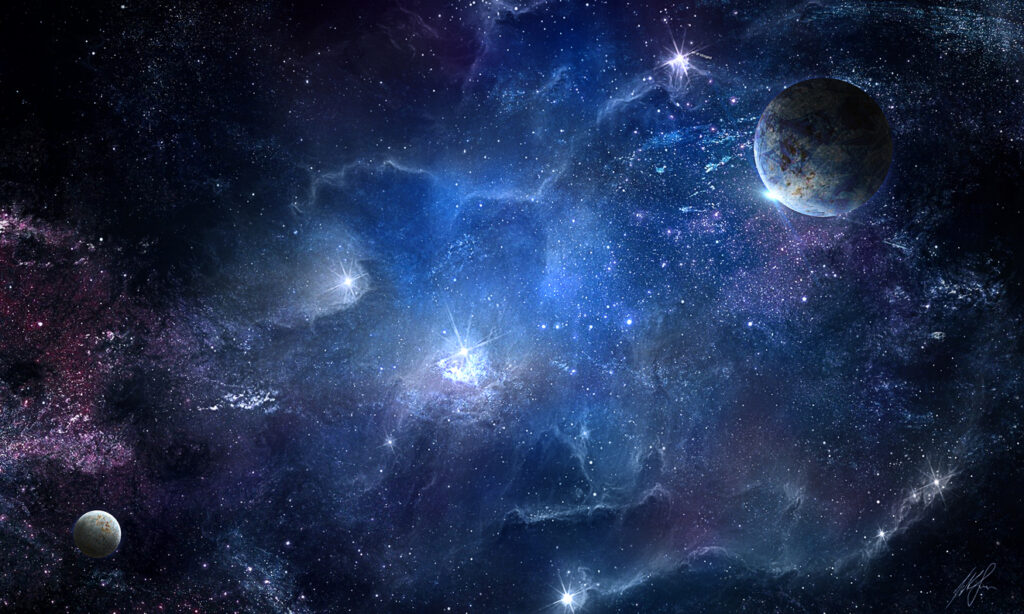
The universe is expanding, but it’s not doing it at a steady rate—it’s speeding up. This discovery was such a shock that it earned a Nobel Prize in 2011. No one’s entirely sure why, but dark energy seems to be behind it. Imagine blowing up a balloon and having it start inflating itself while you just stand there. That’s roughly the vibe.
6. Black holes might not be the end.
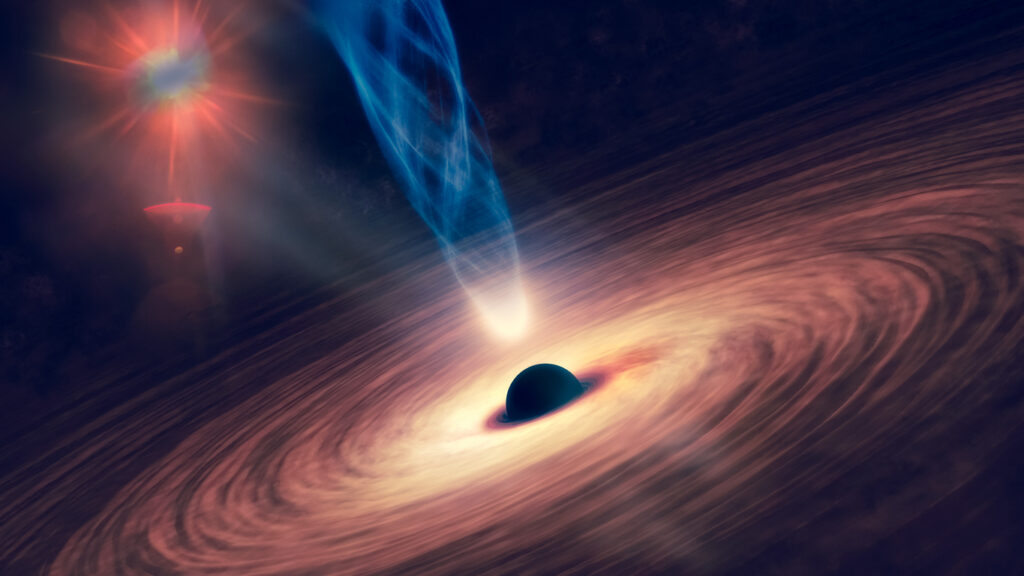
We tend to think of black holes as cosmic dead ends, where everything vanishes forever. However, some theories suggest they might actually lead to other places, or even other universes. It’s still highly speculative, but the idea that black holes could be portals is one of the wildest (and most debated) possibilities in physics right now.
7. Some stars just… disappear.
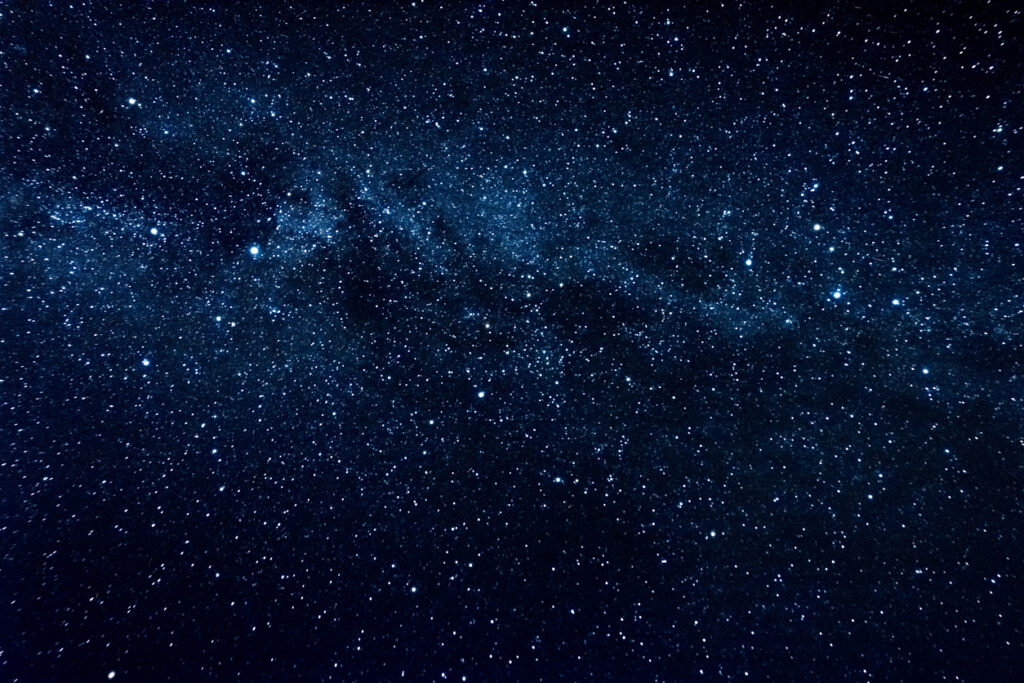
A few stars have baffled astronomers by vanishing without the expected supernova explosion. One theory is that they collapsed directly into black holes without much fuss. But another theory? They might have shifted into another universe or dimension entirely. Casual. No big deal.
8. You’re mostly made of stardust.
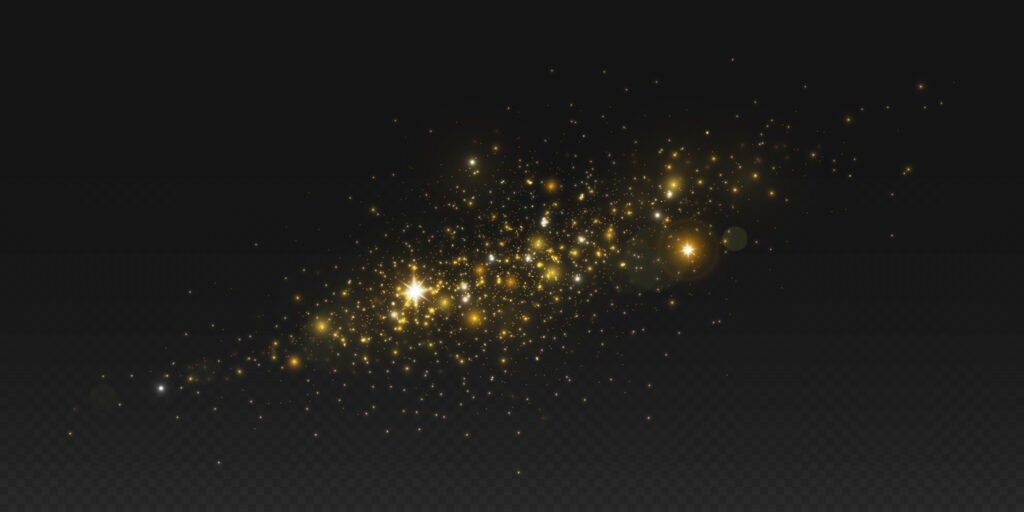
All the heavier elements in your body—like carbon, calcium, and iron—were forged in the heart of ancient stars. When those stars exploded, they scattered the building blocks of life across the cosmos. So yes, it’s literally true: you are made of stardust. That fact alone is enough to make your morning coffee feel a bit more epic.
9. The universe might be a hologram.
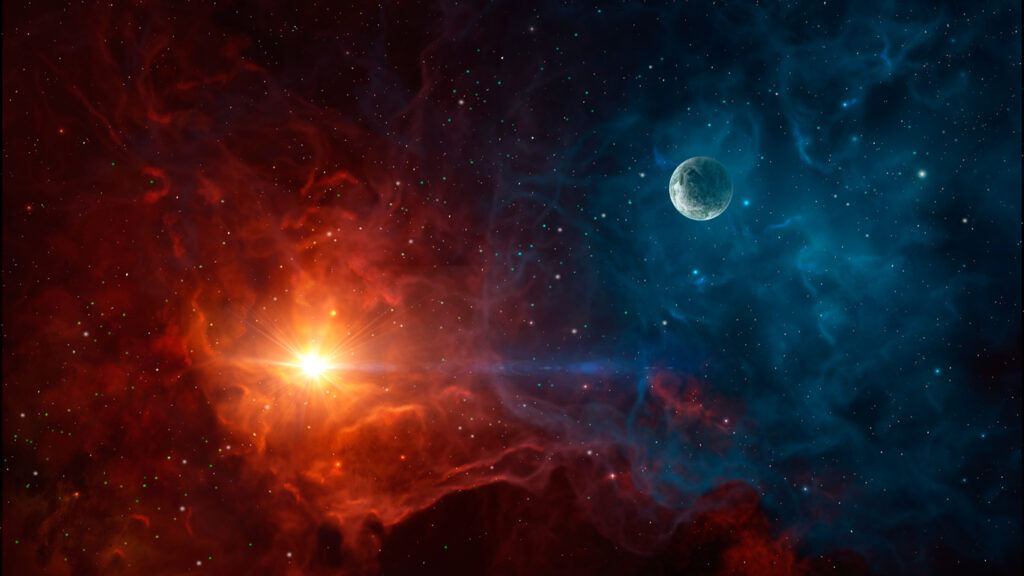
Some physicists have proposed that our three-dimensional reality might actually be a projection from a two-dimensional surface, like a cosmic cinema screen. This is the holographic principle, and while it sounds like science fiction, it’s taken seriously in some circles. So the universe might be real… just not quite in the way we think.
10. There are entire galaxies made almost entirely of dark matter.
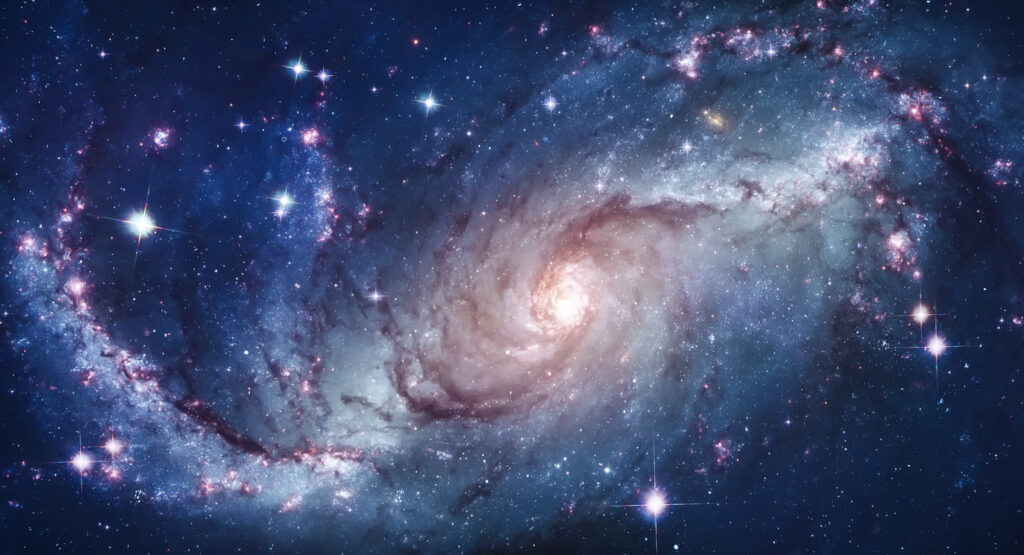
While dark matter is usually invisible, some galaxies appear to be held together almost exclusively by it. They don’t shine, glow, or emit much of anything. They’re like shadow galaxies—quietly existing just beyond our full understanding, refusing to play by the usual rules of light and mass.
11. Space isn’t empty.
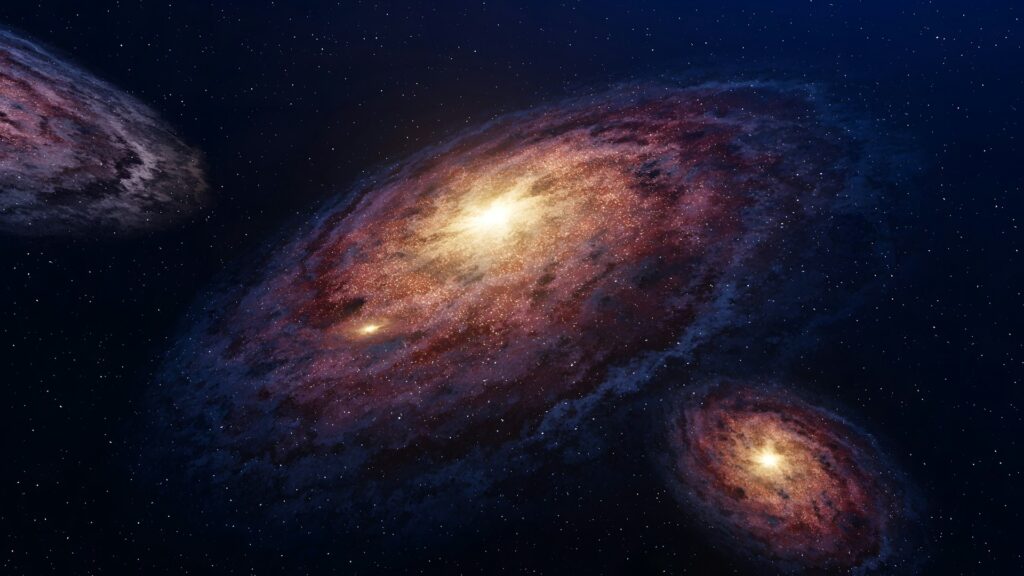
Even in the vast gaps between stars and galaxies, space isn’t completely empty. It’s filled with virtual particles, radiation, and weird quantum fluctuations. What looks like nothing is actually a buzzing sea of activity at the tiniest scales. Emptiness, it turns out, is just really busy doing things we can’t see.
12. We might be living in a multiverse.
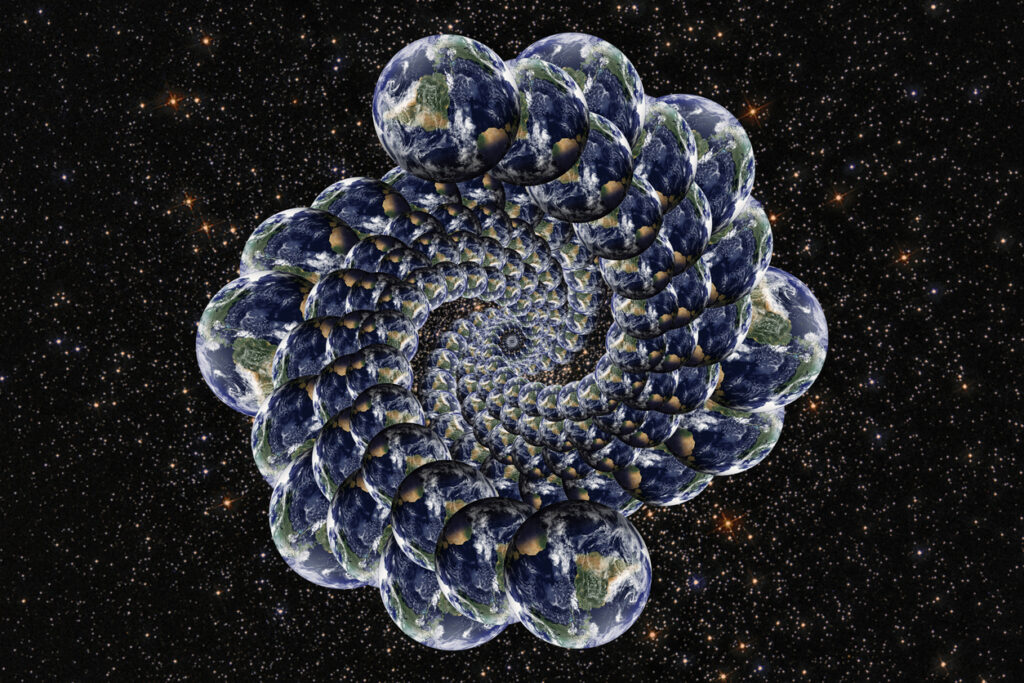
One of the more popular theories suggests our universe is just one of many. Each could have different physical laws, constants, or timelines. If that’s the case, there could be versions of you living wildly different lives somewhere out there—or countless realities where the dinosaurs never died out. Honestly, who even knows anymore?
13. We have no idea what happened in the first tiny fraction of a second.
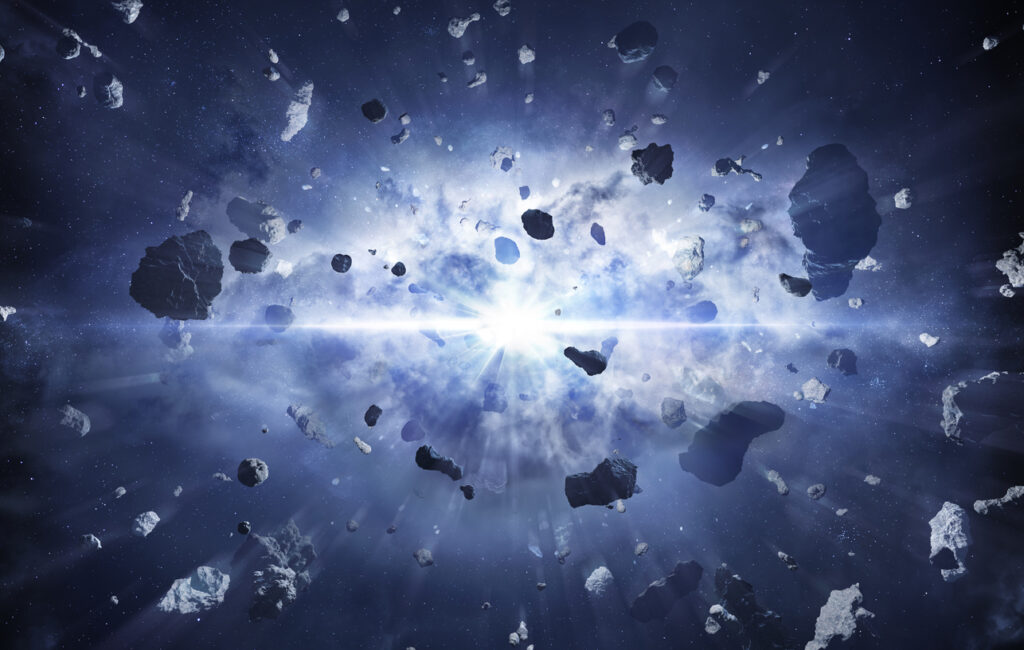
The Big Bang theory explains a lot, but not everything. The first 10^-43 seconds (that’s 0.000…43 zeroes…1 seconds) after the universe began? Still a total mystery. What happened then could hold answers to everything else, from gravity to time itself. But for now, it’s like trying to read the prologue of a book that hasn’t been written yet.
14. Reality might be shaped by consciousness.
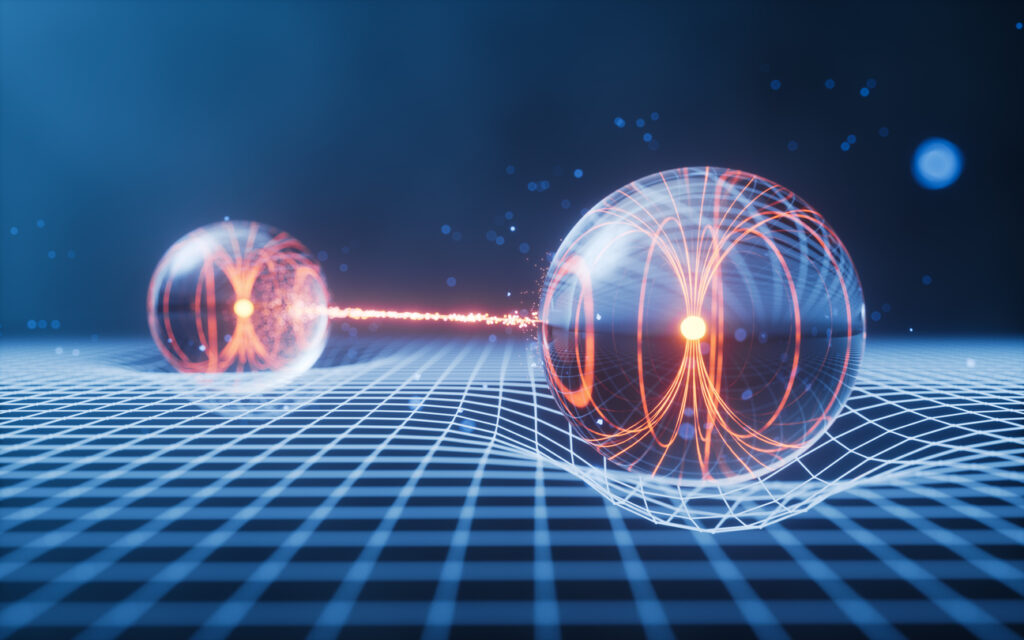
Some interpretations of quantum mechanics suggest that reality doesn’t fully exist until it’s observed. That means the act of observing could actually influence what happens. It’s a controversial idea, but it raises huge questions about the relationship between the mind and the universe. Are we passive observers—or part of the code that shapes reality itself?